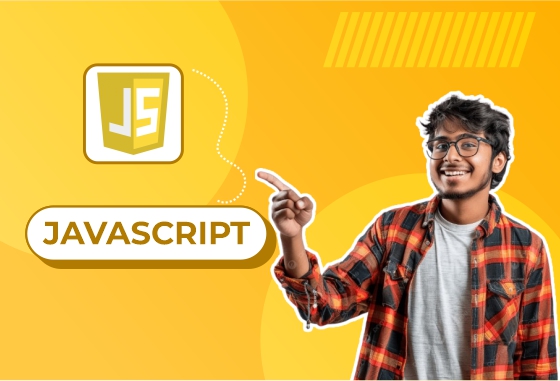
Online Grocery Shop
Project Title
Online Grocery Shop
Objective
To build an online grocery shopping platform where users can browse, search, and purchase groceries. This system will provide features like a product catalog, shopping cart, checkout, and order management, all integrated with a user-friendly interface.
Key Features
User Registration and Login
Users can create an account to keep track of orders and personal preferences.
Login functionality to access account information and order history.
Product Catalog
A collection of grocery items (fruits, vegetables, dairy, etc.) displayed on the homepage.
Users can filter products by categories (e.g., fresh produce, snacks, beverages) and search for items by name.
Product Details
Each product has detailed information such as price, weight, description, and availability.
Users can view product images and specifications.
Shopping Cart
Users can add items to their cart, view the quantity, and make adjustments (add or remove items).
A running total of the cart’s value is displayed.
Checkout Process
Users can proceed to checkout after reviewing their cart.
During checkout, users enter their shipping information and choose a payment method (e.g., credit card, PayPal).
Option for users to apply discount codes or coupons.
Order Confirmation and Summary
Once the order is placed, users receive an order confirmation with a summary of their purchase.
Users can track the status of their orders (pending, processed, shipped).
Search and Filter
A search bar for finding products by name.
Filters to sort items by price, category, or popularity.
Responsive Design
The website adapts to different devices (mobile, tablet, desktop), making it easy to use on any screen size.
Admin Dashboard
Admins can manage inventory, add new products, and track orders.
Admins can see the total sales, manage users, and update product details.
Technology Stack
Frontend:
HTML: To create the structure of the webpage (e.g., product listings, cart).
CSS: For styling the webpage, making it visually appealing, and ensuring responsiveness.
JavaScript: Handles the interactive features of the website such as adding items to the cart, updating cart totals, and submitting orders.
Optional: Use libraries like jQuery for DOM manipulation or React for a more dynamic interface.
Backend (optional for extended features):
While JavaScript can handle front-end functionality, a server-side technology like Node.js can be used for managing the database, user accounts, and processing orders.
Local Storage (optional):
For a simpler version, use browser localStorage to save the shopping cart and user data temporarily.
Benefits
Convenience: Users can shop for groceries from the comfort of their home.
Time-Saving: Easy product search and filtering makes finding items faster.
Order Tracking: Users can keep track of their orders and check statuses in real-time.
Customization: Admins can add new products, update prices, and manage inventory easily.
Potential Enhancements
Payment Gateway Integration: Add payment systems like Stripe or PayPal for real transactions.
User Reviews and Ratings: Allow customers to rate and review products.
Order History: Users can view their previous purchases and reorder items quickly.
Advanced Search: Implement more complex filters like price ranges, product ratings, and organic tags.





